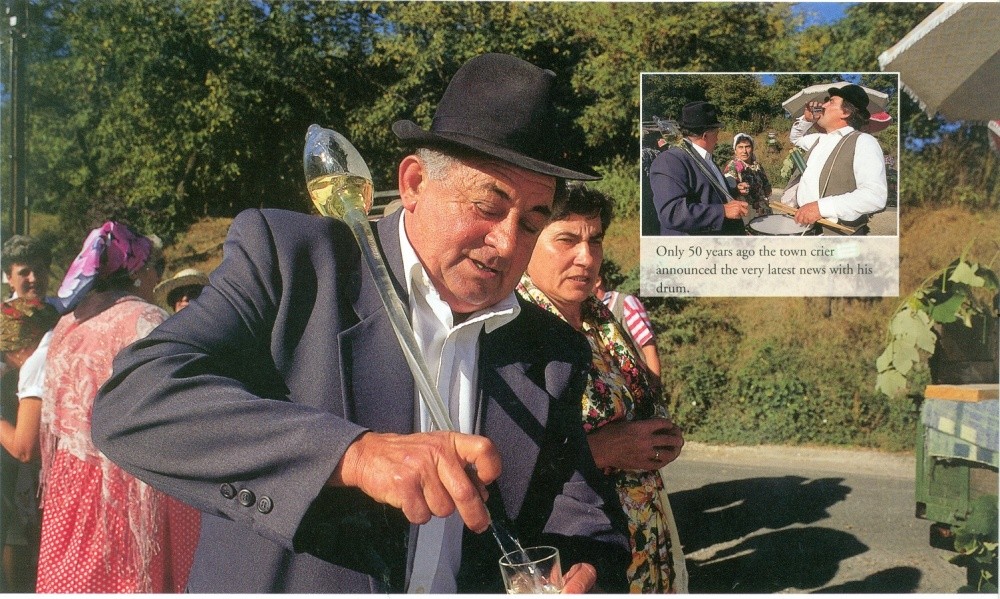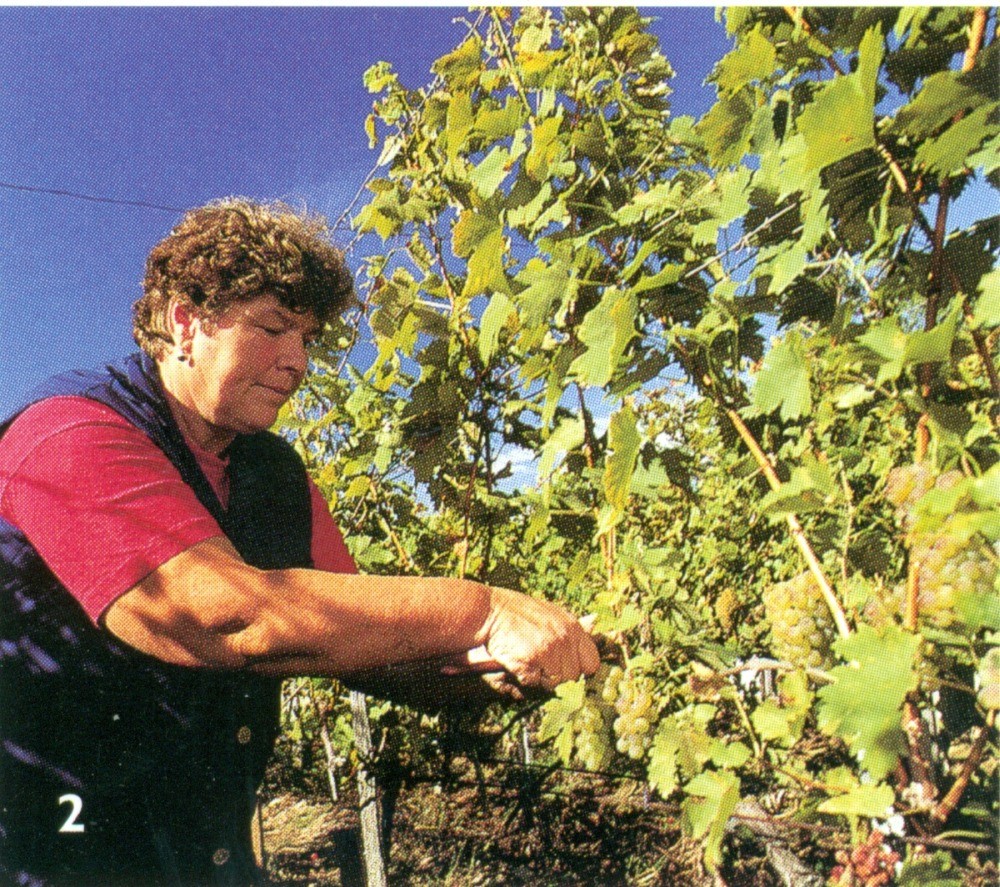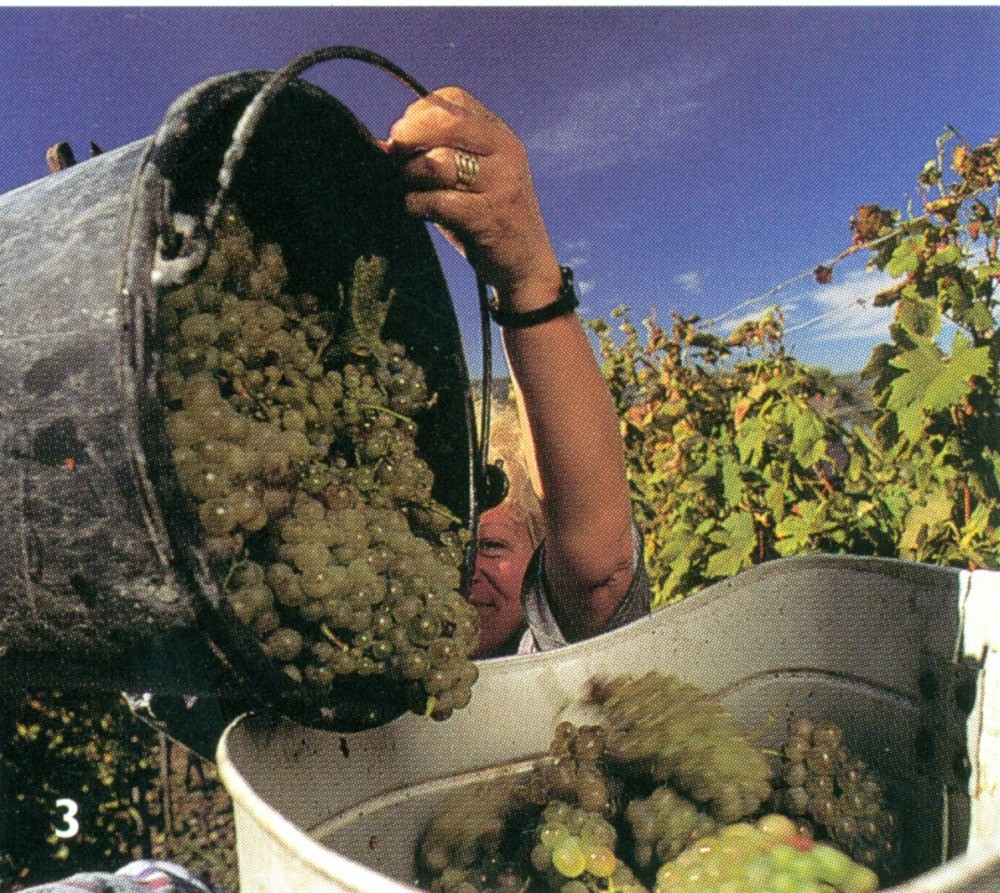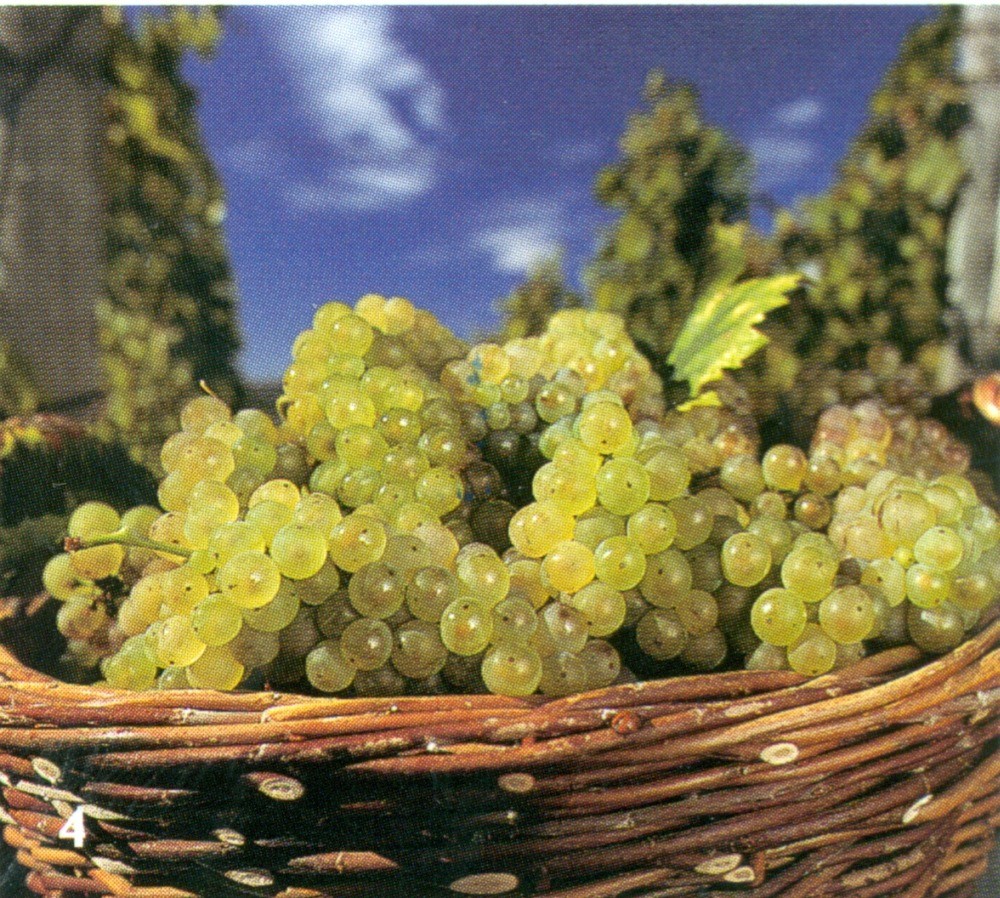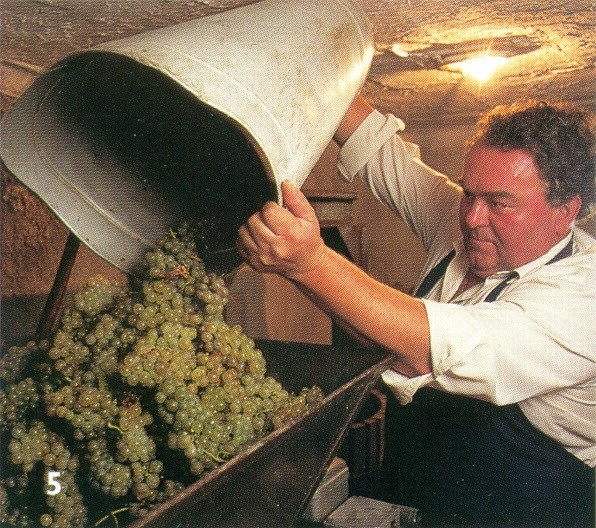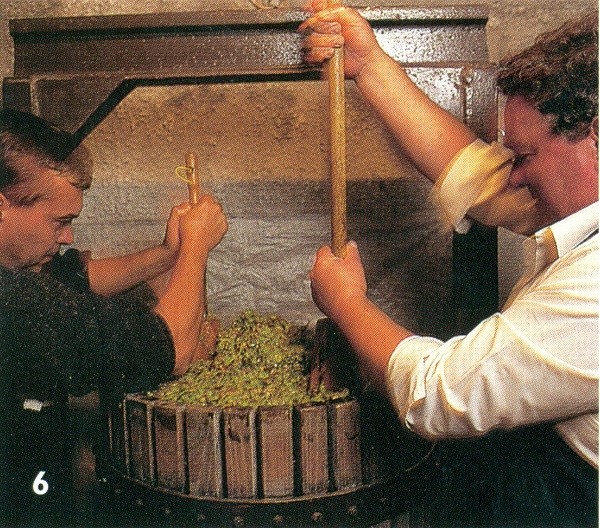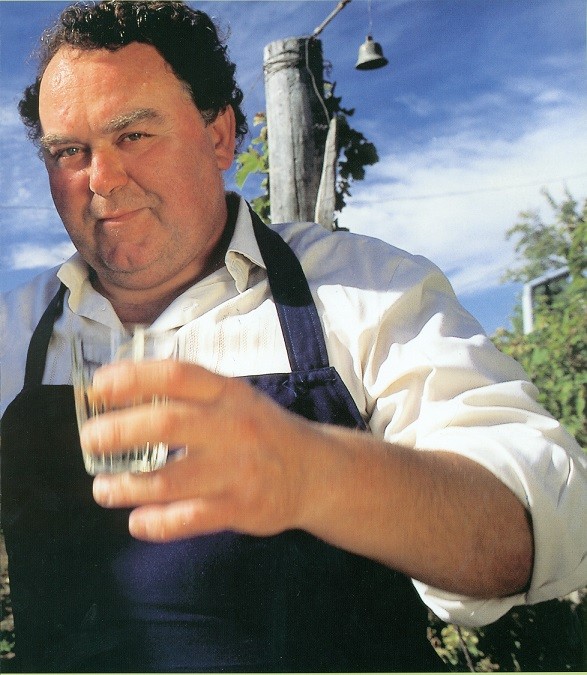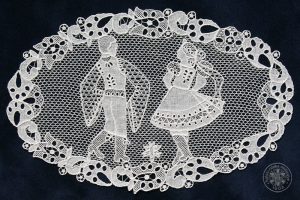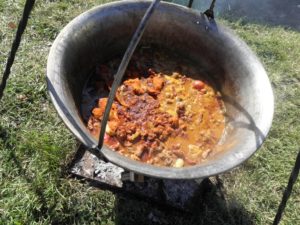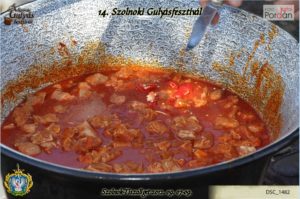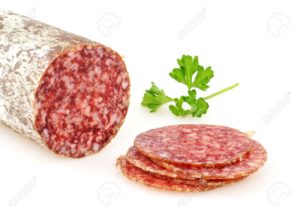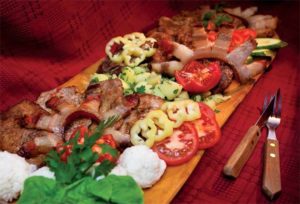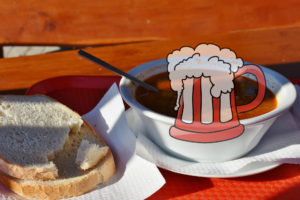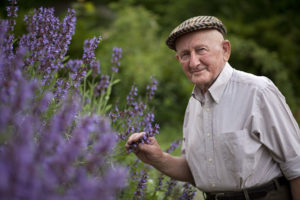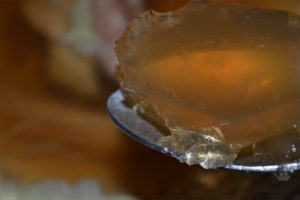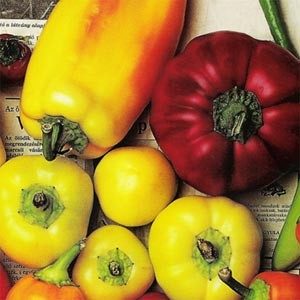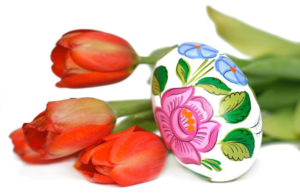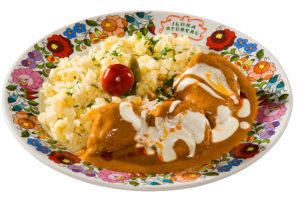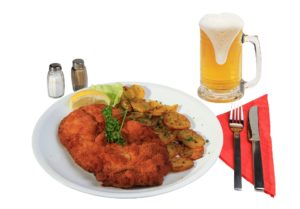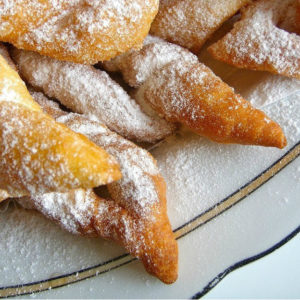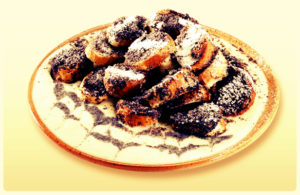Hungarian wine from lake Balaton
Many years ago the locals living around Lake Balaton realized what ideal vine-growing conditions were offered by the vast expanse of water and outstanding soil conditions. In the 3rd century AD, the Roman emperor – and son of a gardener – Marcus Aurelius Probus, instructed his legions in the province of Pannonia, the present-day Transdanubia, to plant whole areas of vines, as they usually had little else to do during peacetime. This tradition was continued by all subsequent inhabitants of the region, including the Magyars. Each vine- growing district on Lake Balaton has one or two wines of character which merit particular praise.
Somló
This wine from the cone-shaped Mount Somló, which has a fieriness attributed to the ash of the extinct volcano, was once held in higher regard than Tokay. For centuries the men of the Hapsburg dynasty were served this wine on their wedding night, in the belief that it would promote the procreation of male offspring. Statistics have indeed revealed that more boys are born in this area than the national average.
Different wines originate from the individual mountain slopes, each of them pressed from eight to ten grape varieties, with a glowing greenish-white or golden yellow color and a fine acidity. Their true character develops during many years of maturation, which means they are intended for laying down. They are not, on the other hand, suitable for blending.
Badacsony
This wine-growing area with its delightful countryside, which includes produce from Ábrahámhegy, Szent György-hegy, and Szigliget, was named for the box-shaped Mount Badacsony, which is still recognizable as such. The region’s main grape variety is the Olaszrizling (Italian Riesling).
Wine made from this grape is usually bottled after only a year, so that it retains its bitter, almond bouquet. Its alcohol content is quite high at between 12.5 and 13.5%. The popular Szürkebarát grape is a descendant of the French
Pinot Gris grape, which in its native land produces a light wine that does not exactly merit the label “fine wine.” In Badacsony, its grapes are juicier and its must sweeter. It produces a fiery, aromatic, golden yellow wine with an alcohol content of between 12.5 and 13.5%, which almost always contains unfermented sugar, so-called residual sugar. Another typical grape and vine variety from Badacsony is the ancient Kéknyelű, celebrated in folk songs and named after its bluish leaf stalks. It is an elegant, yellowish-green wine with an alcohol content of 13.5 to 14%; however, it seldom reaches the shops.The vines produce only a very low yield and winegrowers prefer to keep it for their own consumption or to sell it themselves, as a mark of tradition and prestige. Other good wines from the region include Zöldszilváni (Green Silvaner), which originally came from Siebenbürgen, and Muskotály (Muscatel).
Csopak and Balatonfüred
After walking through the vineyards at Csopak and Balatonfüred visitors will find their shoes covered in red dust – an indication of the iron oxide in the loamy, volcanic soil, which gives the wine its particular bouquet. The Olaszrizling (Italian Riesling) thrives in this area. Its fruit produce a spicy, greenish-white wine with a bouquet similar to that of Reseda and a flavor of plums after several years’ maturation. Although both wine have an alcohol content of 12.5-13.5%, the Italian Riesling varieties differ in character between the two towns.
The Riesling from the neighboring Dörgicse has a slight lower alcohol content, but is more drinkable, making it an ideal open wine.
Another wine of justifiable popularity is the Furmint from Balatonfüred and Csopak.
Mór
The vineyards at Mór, just to the north of Lake Balaton between the foothills of the Bakony and Vértes Mountains, were left deserted when the population fled the Turkish invaders. Fortunately, however, the farmers who settled here from southern Germany in the 18th century included expert winegrowers who planted the Ezerjó, which has for some time been native to northern Hungary. The fiery Mór Ezerjó (Móri ezerjó), wit its high alcohol content and acidity, has a pale yellow glow. It has a fine aroma and the unfermented sugar means it is frequently sweetish and, in good years, even sweet.
Dél-Balaton
The wine region’s most important grape varieties from the southern shores of Lake Balaton are Olaszrizling (Italian Riesling), Chardonnay, Sauvignon, and Leányka.
The wine harvest
The vineyard must be tended and maintained by the winegrower the whole year round. Friends and relatives lend a hand in autumn, because grape-picking is a job for many busy hands and strong men are needed to carry the heavy vats. Each year the wine harvest is a welcome excuse to get the whole family together. Once the work is done, they settle themselves in the winepress building and begin drinking the wine, while the winegrower’s traditional celebratory meal of mutton goulash bubbles away for several hours over an open fire. According to ancient tradition, the wine harvest ends with the winegrower’s ball and parade.



